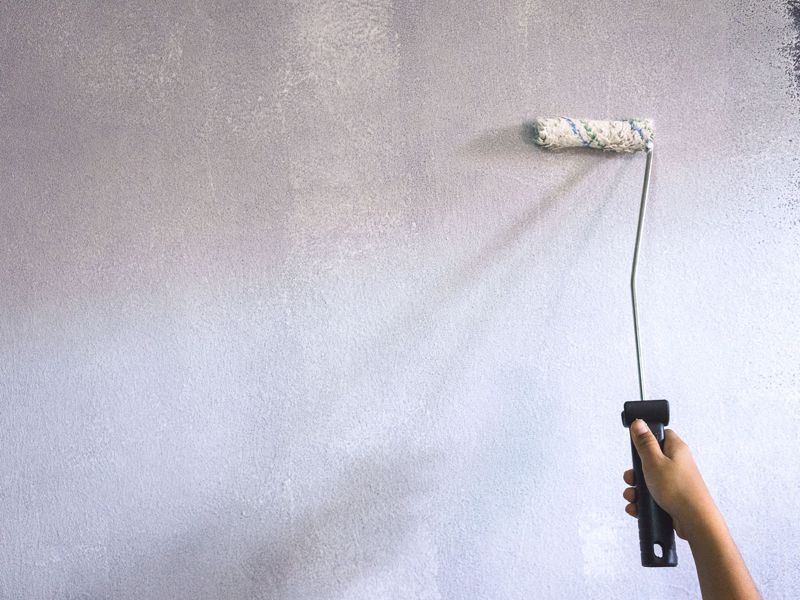Home Depot has been helpi8ng Americans look after their homes for many years. The store is well-known for the best products at the best prices. We Are Coupons helps you beat these low prices with the best Home Depot coupons available for you to download today.
Priming
Painting and decorating is a popular DIY task and anyone can do so. However, there are some vital steps you need to know when painting, especially when you want to paint like a pro, Preparation is vital; cleaning, sanding, filling and repairing are all essential components to appreciate when painting even the smallest room or space. However, these steps only go so far and to really paint like a pro you need to prime your walls and surfaces. Most people don’t understand or appreciate priming but those who do know that priming is what creates the perfect finish to any paint job.
Prime Considerations
Many professionals will tell you that priming is an art in itself and they would be right. Priming creates the “canvas” you are planning to paint on, it allows the paint to adhere to the wall better and always results in a better finish.
On porous walls and surfaces your primer may lost and an extra coat may be required. Likewise, when painting over a gloss paint you will need to sand the paint down before applying primer. When going from a dark color to light, up to three coats of primer may be required to ensure the light paint is light – it is cheaper to apply an extra coat or two of primer than paint as primer is cheaper than paint!
Buying Primer
Buying your primer is like buying your paint. There are different types of primer and you will be amazed the choices. There are primers for various surfaces indoors and outdoors and you need to choose the right prime for your project. You can choose between oil based and latex based primers. Latex based primers are considered the all-round primer of choice and are suitable for most indoor projects. As a rule of thumb a gallon of primer will cover between 200 and 400 square feet. When painting bright colors your primer will need to be tinted.
Prepare
Preparation for priming is important and on a serious paint job you will want to remove things such as light switch fittings, HVAC vents or at least ensure they are very well covered. Walls should be sanded and cracks filled before priming. Once done, clean your walls one more time and allow to dry.
Cut then roll
To begin priming start on the edges and cut in with a brush to create a solid boundary of primer. Once you have cut in from all the corners and edges you can prime with a damp roller on the main area of wall. Take your time, there is no rush and priming done well will always result in a better finish.




